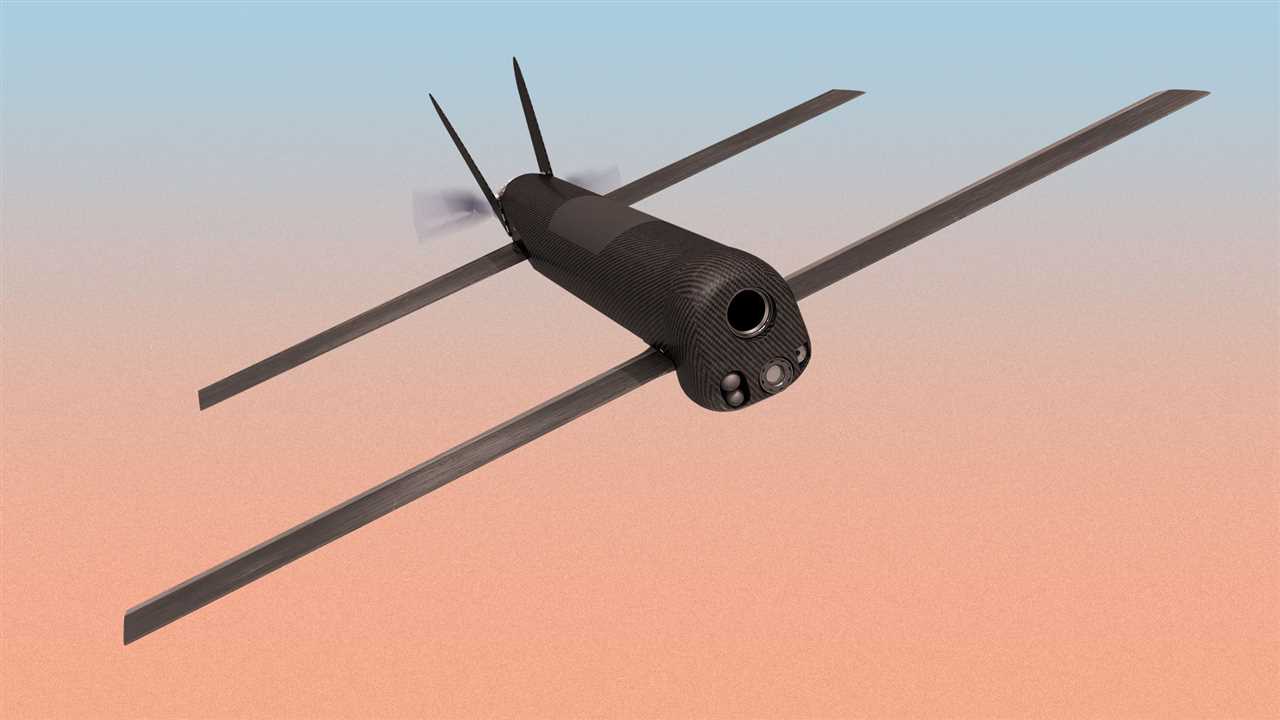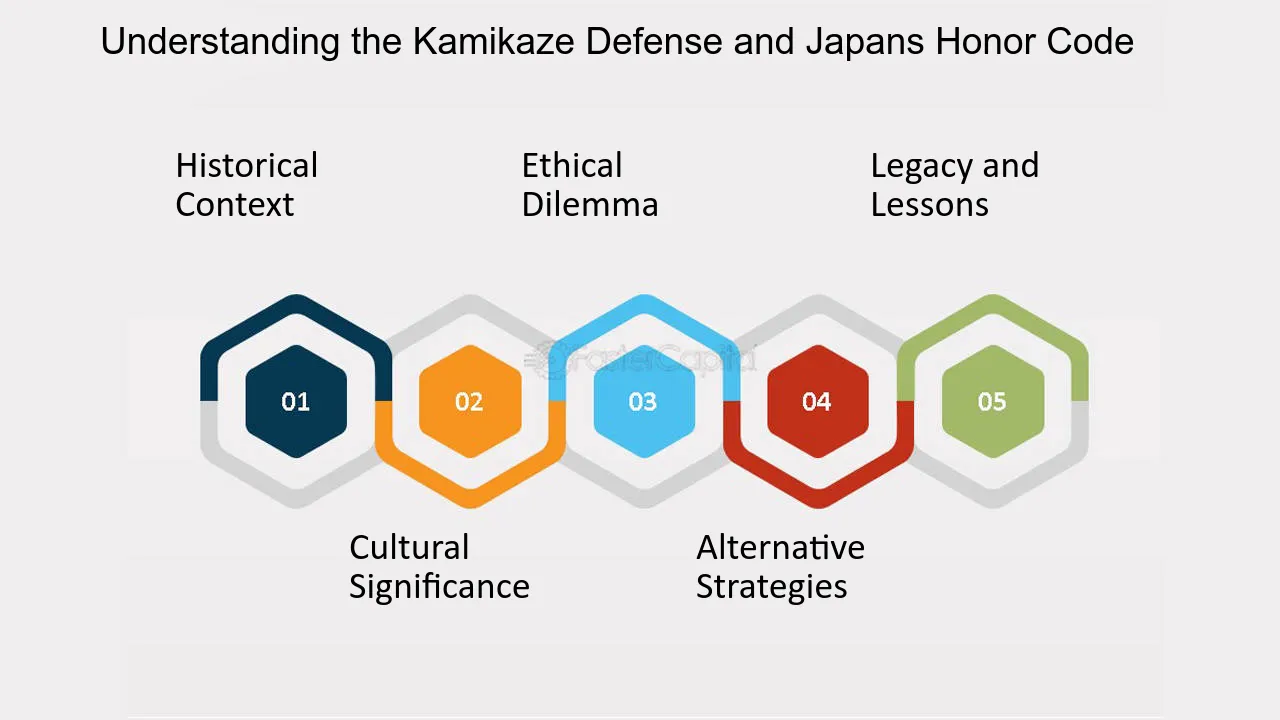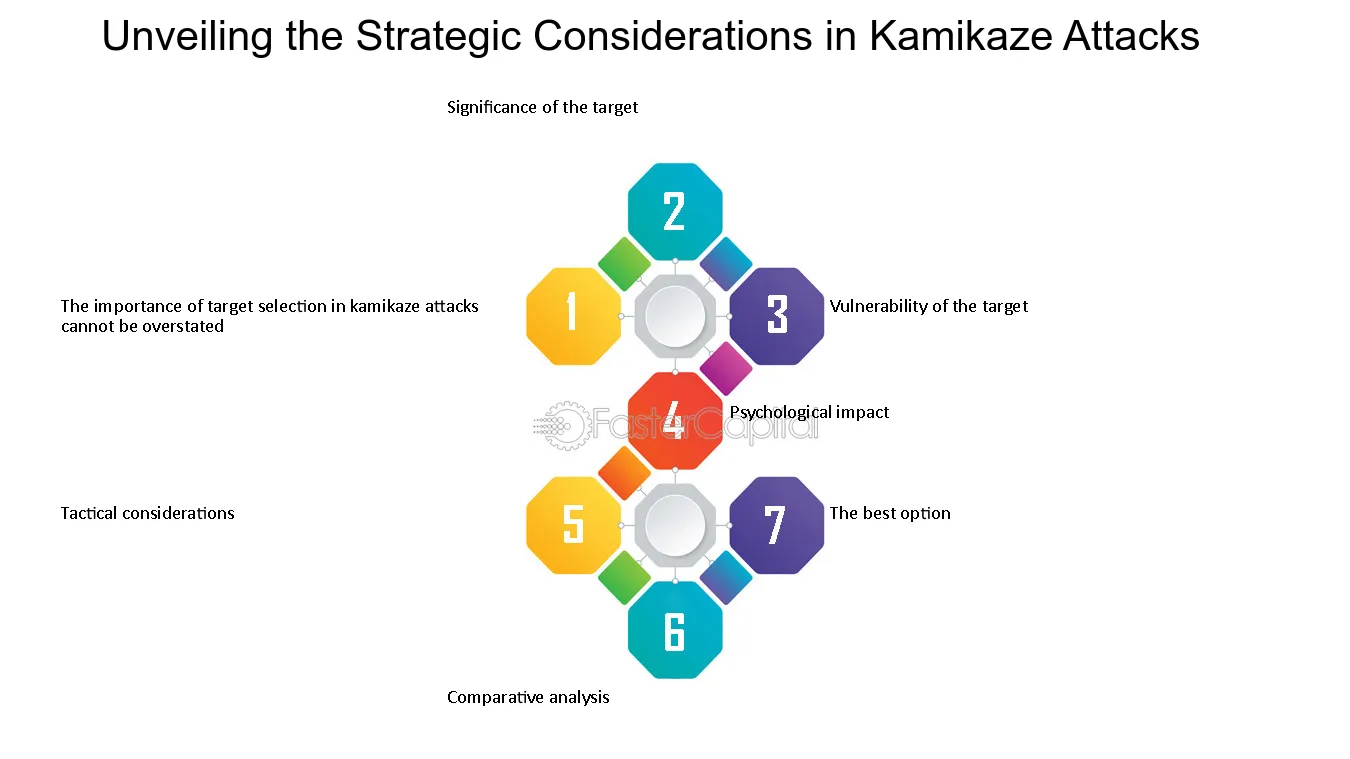Kamikaze Defense Explained
Kamikaze defense is a strategy used in mergers and acquisitions (M&A) transactions to deter hostile takeovers. It involves the target company taking extreme measures to make itself unattractive or even financially unviable to the acquiring company.
This defensive strategy gets its name from the kamikaze pilots of World War II, who deliberately crashed their planes into enemy targets. Similarly, in a kamikaze defense, the target company is willing to sacrifice itself to prevent a hostile takeover.
There are several tactics that can be employed in a kamikaze defense. One common approach is to take on excessive debt, making the target company less attractive due to the burden of the debt. This can be achieved by issuing bonds or taking out loans that the acquiring company would have to assume if the takeover were to proceed.
Another tactic is to sell off valuable assets or divisions of the company, reducing its overall value and making it less appealing to the acquiring company. This could involve divesting profitable subsidiaries or selling off key intellectual property rights.
Additionally, the target company may adopt poison pill provisions, which are mechanisms designed to make a hostile takeover financially unattractive. These provisions can include issuing additional shares to existing shareholders at a discounted price, making it more difficult for the acquiring company to gain control.
Kamikaze defense is a controversial strategy, as it can be seen as detrimental to shareholders and employees of the target company. Critics argue that it prioritizes short-term protection over long-term value creation. However, proponents argue that it can be an effective way to protect the interests of the company and its stakeholders.
The Kamikaze Defense is a strategy employed by a target company to fend off an unwanted takeover attempt by an acquirer. It is a defensive tactic that aims to make the acquisition financially unattractive or even impossible for the acquirer.
The strategy gets its name from the kamikaze pilots of World War II, who would deliberately crash their planes into enemy targets with the intention of causing maximum damage. Similarly, in the context of mergers and acquisitions (M&A), the target company uses the Kamikaze Defense to inflict significant harm on the acquirer’s financial position.
One of the key elements of the Kamikaze Defense strategy is the implementation of aggressive financial measures that make the target company less appealing to the acquirer. This can include taking on excessive debt, divesting valuable assets, or entering into unfavorable contracts that negatively impact the acquirer’s potential return on investment.
Another aspect of the strategy is to create legal and regulatory hurdles that complicate the acquisition process. This can involve filing lawsuits, seeking injunctions, or lobbying regulatory authorities to scrutinize the proposed acquisition. By creating these obstacles, the target company aims to delay or deter the acquirer from completing the transaction.
Furthermore, the Kamikaze Defense strategy often involves rallying support from stakeholders, including employees, customers, suppliers, and even the local community. By mobilizing these groups, the target company can create a public relations nightmare for the acquirer, damaging its reputation and making the acquisition politically or socially undesirable.
It is important to note that the Kamikaze Defense strategy is considered a last resort and is typically employed when the target company’s management and board of directors strongly oppose the acquisition. The goal is to force the acquirer to reconsider or abandon its takeover attempt altogether.
Working Mechanism of Kamikaze Defense
The kamikaze defense is a strategic maneuver employed by target companies to deter hostile takeovers in the field of mergers and acquisitions (M&A). This defensive tactic involves the target company taking extreme measures to make itself unattractive or financially unfeasible for the acquiring company.
When a target company becomes aware of a potential hostile takeover, it may resort to the kamikaze defense as a last-ditch effort to protect its interests and maintain control. The working mechanism of kamikaze defense typically involves implementing various strategies that aim to devalue the target company or create significant obstacles for the acquiring company.
1. Poison Pill

One of the most common tactics employed in kamikaze defense is the implementation of a poison pill. This strategy involves the target company issuing new shares to existing shareholders or rights to purchase shares at a significant discount. By diluting the ownership and increasing the number of shares, the target company makes it more expensive and less attractive for the acquiring company to pursue the takeover.
Additionally, the poison pill may include a provision that allows existing shareholders to purchase shares of the acquiring company at a discounted price, further discouraging the hostile takeover attempt.
2. Golden Parachutes

Another mechanism used in kamikaze defense is the implementation of golden parachutes for key executives and management personnel. Golden parachutes are lucrative financial packages that are triggered in the event of a change in control or a hostile takeover. These packages provide substantial compensation and benefits to executives, making it more difficult for the acquiring company to remove them or gain control of the target company.
Overall, the working mechanism of kamikaze defense involves the target company implementing strategies that create significant hurdles and financial burdens for the acquiring company. By devaluing the target company and making the takeover attempt less attractive, the target company aims to protect its interests and maintain control in the face of a hostile takeover.
Types of Kamikaze Defense
Kamikaze defense is a strategy employed by target companies to deter hostile takeover attempts. There are several types of kamikaze defense mechanisms that a company can utilize to protect itself from being acquired against its will.
1. Poison Pill
2. White Knight
3. Pac-Man Defense
The pac-man defense is a counterattack strategy where the target company turns the tables on the acquiring company by making a bid to acquire it instead. This unexpected move can deter the hostile bidder and create uncertainty in the market, potentially leading to the withdrawal of the takeover attempt.
4. Golden Parachute
A golden parachute is a form of kamikaze defense that involves providing lucrative compensation packages to top executives in the event of a takeover. This creates a financial disincentive for the acquiring company, as it would need to bear the cost of these packages if it successfully acquires the target company.
5. Crown Jewel Defense
The crown jewel defense involves the target company selling off its most valuable assets or divisions to make itself less attractive to the hostile bidder. By disposing of these prized assets, the target company reduces its value and makes the acquisition less desirable for the acquiring company.
Each type of kamikaze defense has its own advantages and disadvantages, and the choice of defense mechanism depends on the specific circumstances and goals of the target company. These defense strategies aim to protect the interests of the target company and its shareholders, ensuring that any potential acquisition is on terms favorable to them.
Implications for M&A Transactions
One of the main implications of using kamikaze defense in M&A transactions is that it can create a hostile and contentious environment between the target and acquiring companies. The target company may employ various tactics to make the acquisition more difficult or less attractive, such as implementing poison pills, adopting staggered boards, or pursuing aggressive litigation.
By employing kamikaze defense, the target company aims to increase the cost and complexity of the acquisition, making it less appealing to the acquiring company. This can include taking on excessive debt, selling off valuable assets, or entering into unfavorable contracts that would make the acquisition less profitable or desirable.
Another implication of kamikaze defense in M&A transactions is the potential for negative consequences for both the target and acquiring companies. The target company may experience a decline in shareholder value, damage to its reputation, or loss of key employees due to the hostile takeover attempt. On the other hand, the acquiring company may face increased costs, delays, and legal challenges in completing the acquisition.
Legal Considerations
Implementing kamikaze defense strategies in M&A transactions can also raise legal considerations. The target company must ensure that its defensive actions comply with applicable laws and regulations. Engaging in illegal or unethical practices can result in legal consequences and damage the target company’s reputation.
Impact on Shareholders
Shareholders of the acquiring company may also be affected by kamikaze defense strategies. The increased costs and complexities associated with the acquisition can result in a decrease in shareholder value. Additionally, the acquiring company may face challenges in integrating the target company’s operations and realizing the anticipated benefits of the acquisition.
Conclusion


Emily Bibb simplifies finance through bestselling books and articles, bridging complex concepts for everyday understanding. Engaging audiences via social media, she shares insights for financial success. Active in seminars and philanthropy, Bibb aims to create a more financially informed society, driven by her passion for empowering others.
